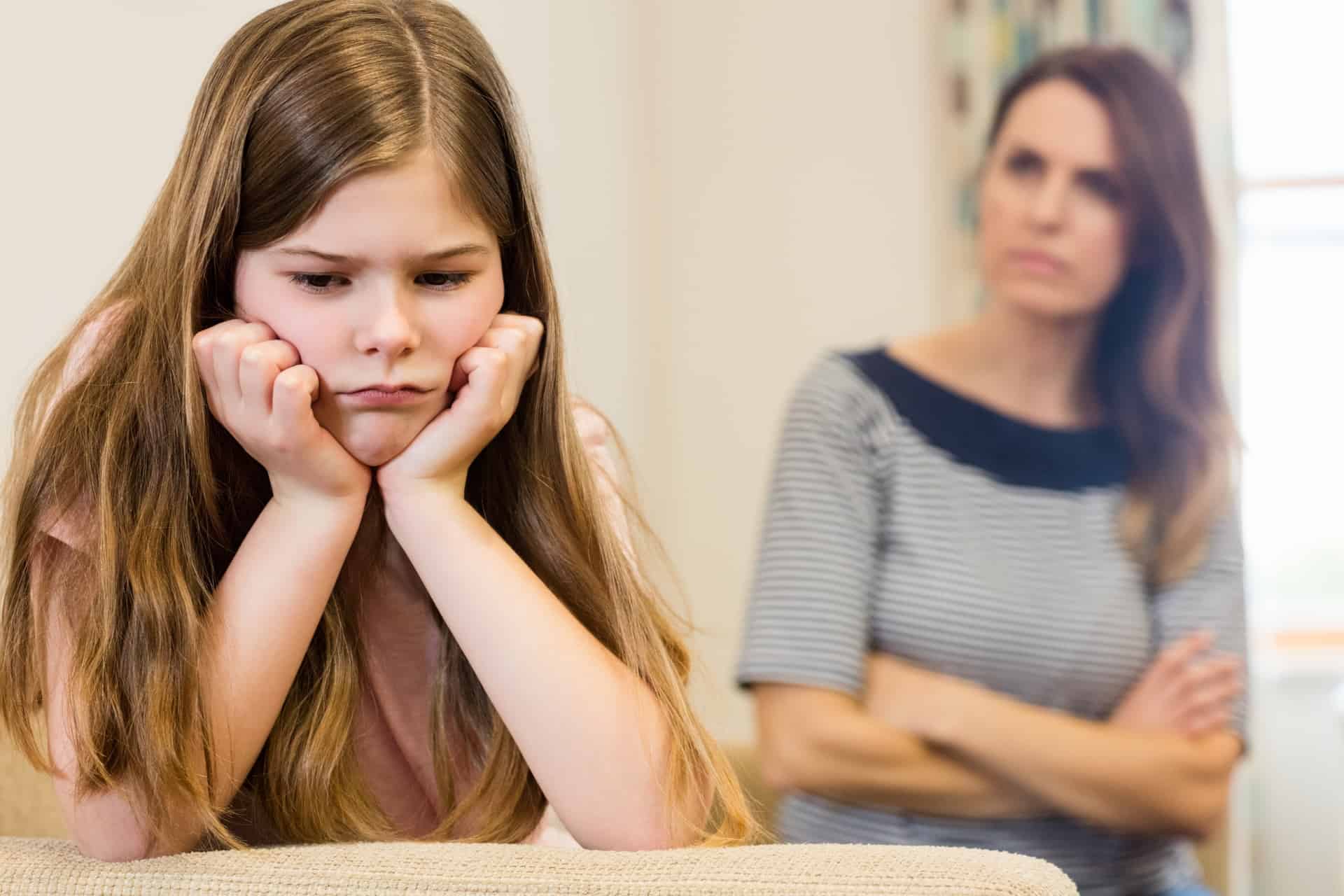What Can Intergenerational Trauma Look Like?

By Tanya Hallet

I was trying to explain to a group of friends the other day that how we are raised as children has a huge impact on how we parent our own children and the way we live. I was explaining how difficult it can be to recognise and then break intergenerational trauma cycles.
“I don’t believe in intergenerational trauma,” one person scoffed at me.
I’ve hard that response before. Of course, just because you don’t believe in it, does not mean it doesn’t exist.
So, what is intergenerational trauma and why do you need to understand it? ‘Intergenerational trauma is when the original traumatic experience is transferred from parents to children, and then grandchildren and so on. This is thought to be a result of learnt behaviour and alternations to internal workings with biological changes in the body due to stress. (ACT Community Services).
Intergenerational Trauma is often perpetuated by exposure to adverse child experiences (ACE’s). This could be experiencing or witnessing violence, abuse or neglect in your home or community, living in poverty, mental health illness, prolonged physical illness, the list goes on.
Some of the signs of intergenerational trauma can be:
- Difficulty with establishing and maintaining close and meaningful relationships.
- Drug and alcohol misuse.
- An inability to cope with normal life.
- A sad mood and anxiety issues.
- Anger that can be uncontrollable.
- Mental Health Issues
Mary Carali, an internist paediatrician for Riley Children’s Health talks about how intergenerational trauma and says:
“Typically, the parents of a child who experiences adverse child experiences faced similar abuse or neglect when they were children, too. This effectively creates a vicious cycle that can last generations.”
The Story of Student A
Student A was a kind and thoughtful girl, but with an incredibly short fuse. She struggled to regulate her emotions, found it incredibly difficult to focus on classwork and would quickly lose her temper with any slight conflicts or confrontations. She frequently got into screaming matches with teachers and any students who behaved poorly towards her friends. I spent a lot of time working with her and just listening to her, often ignoring the tirade of language that would spill out of her mouth when she was angry.
Student A’s family life was tumultuous. She spent most of her time at home either waiting for conflicts to happen, or mediating fights between her mother and father. She frequently found herself calling police when they became violent and trying to calm her father’s alcohol fuelled rages while protecting her younger sister.
Her mother had grown up in a severely abusive household where alcohol and drug misuse were the norm. Now, the mother was parenting in a household where alcohol and drug misuse was also the norm. The education levels in the households had been low for generations, the struggles with poverty and unemployment were a staple of life. The mum had grown up in a soup of domestic violence, struggled with her own mental health and was now raising her children in the same environment.
Student A admitted to going through period of her life where she would get drunk at home before coming to school to cope with her anxiety. As her parents were struggling with their own mental health issues, it also unlikely student A will receive the adequate help required to tackle her own.
Its not hard to see the trauma of witnessing an experiences domestic violence, substance misuse, mishandled mental health struggles and low education level had been passed on creating recurring patterns of behaviour and struggles with intergenerational poverty.
Of course, this does not mean the cycle cannot be broken, but it means for Student A she will have to work much harder to undo the behaviour patterns she has learned as a child. She will have to work harder at learning emotional regulation, harder at advancing her education, harder at working through her childhood traumas and managing her mental health. It also means if she chooses to have her own children too, she will have to work hard not to transfer her own traumatic experiences to her children, and to go against all her experiences relating to parenting, relationships, money and education.
Student A is not alone. There are so many adolescents I have worked with over the years who have similar stories. And when you talk to them about their lives, the lives of their parents and the lives of their grandparents, a pattern of adverse child experiences is present.
Intergenerational Trauma certainly does exist. And we all need to understand it more if we are going to make positive changes in our future generations.

Other Blogs








